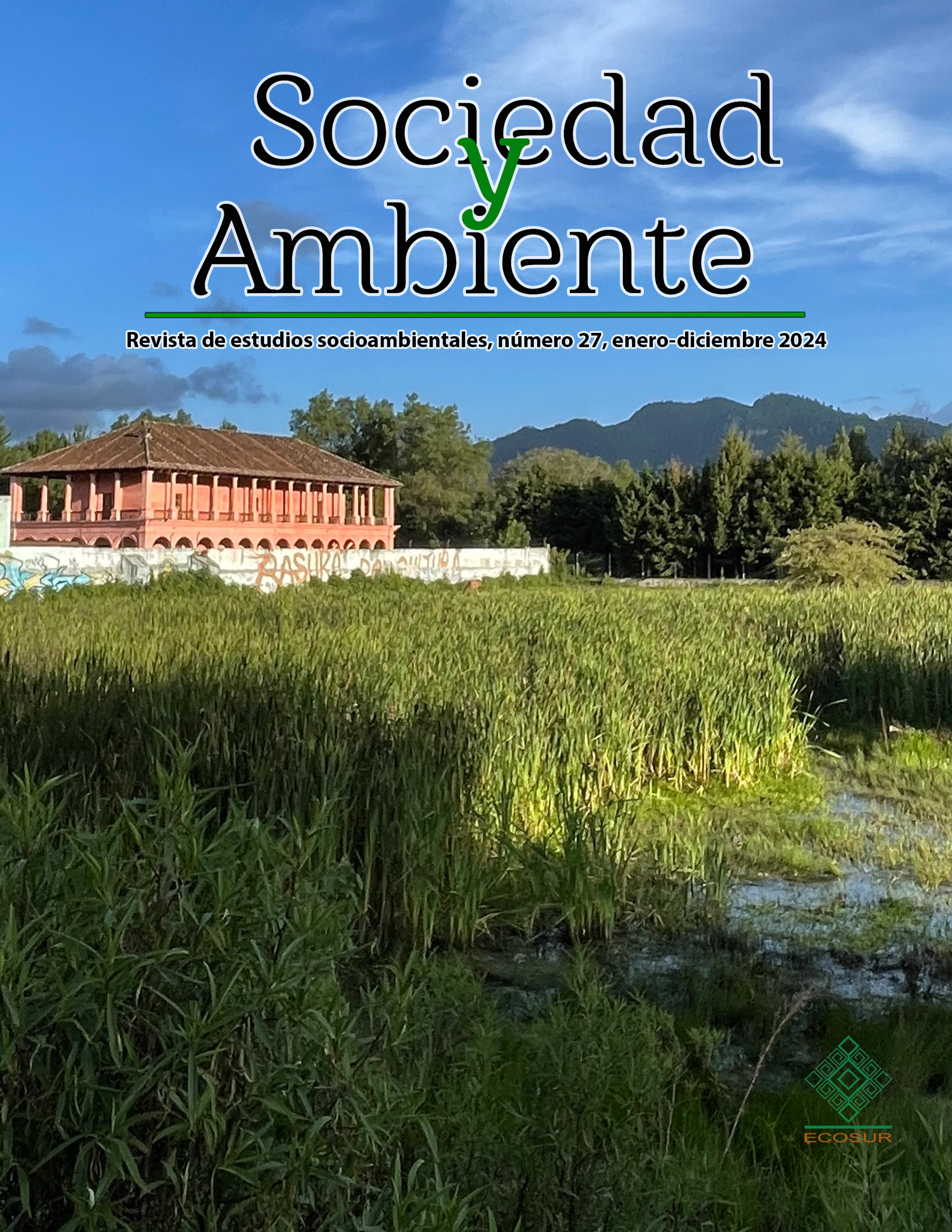Abstract
The oases in the Baja California peninsula in northwestern Mexico are traditional agroforestry systems that emerged with the founding of the Jesuit missions in 1697. This study analyzes the type of agriculture established in the 16 missions of the founding period (1697-1774). It examines (i) the introduced crops, their geographic origin, uses, and cultivation practices, and (ii) their spatial organization. Based on written sources from Jesuit, Franciscan, and Dominican missionaries, a list of cultivated plants was compiled, and the spatial distribution of crops was synthetized. A total of 64 cultivated species were identified in the oases. The majority (64 %) came from Mediterranean agriculture, 28 % from Mesoamerica, and small percentages from Aridoamerica (3 %) and Asia (5 %). Most crops (89 %) were food crops. The Mesoamerican (corn, beans, squash) and Mediterranean triads (wheat, grapevine, olive), along with fig trees, pomegranates, and sugarcane were the most frequent. The crops were organized in three main spaces: (i) cereal and legume crops, (ii) orchards with vegetables and fruit trees, and (iii) vineyards. The founding agriculture of the oases was already a Creole, New Spain agriculture, with a predominance of surfaces for cereal crops.

This work is licensed under a Creative Commons Attribution-NonCommercial-ShareAlike 4.0 International License.
Copyright (c) 2024 The Authors


